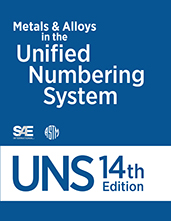Technical Paper
Analysis of Fluid Evidence on Various Vehicle Components
2024-04-09
2024-01-2467
Determining occupant kinematics in a vehicle crash is essential when understanding injury mechanisms and assessing restraint performance. Identifying contact marks is key to the process. This study was conducted to assess the ability to photodocument the various fluids on different vehicle interior component types and colors with and without the use of ultraviolet (UV) lights. Biological (blood, saliva, sweat and skin), consumable and chemical fluids were applied to vehicle interior components, such as seatbelt webbing, seat and airbag fabrics, roof liner and leather steering wheel. The samples were photodocumented with natural light and UV light (365 nm) exposure immediately after surface application and again 14 days later. The review of the photos indicated that fabric type and color were important factors. The fluids deposits were better visualized on non-porous than porous materials. For example, blood was better documented on curtain airbags than side or driver airbags.

